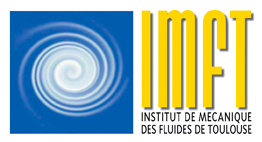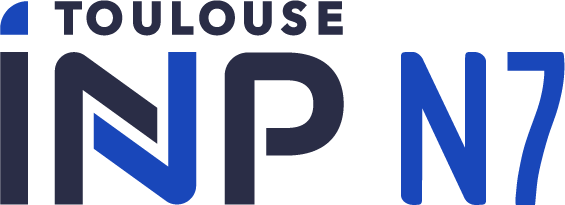Tsunami Inundation due to the 14th November 2016 Kaikōura Earthquake
Séminaire Emily Lane (National Institute of Water and Atmospheric Research, New Zealand)
Séminaire de l’axe Environnement, Gestion des Ressources et des Risques
jeudi 11 juillet à 14 h 00 Amphithéâtre Nougaro
Abstract :
The Mw 7.8 14th November 2016 Kaikōura earthquake was very complex and ruptured over 20 different faults – several of them were partially or totally submarine faults. The earthquake caused a moderate tsunami along the east coast of central New Zealand. The most damage from the tsunami occurred at Little Pigeon Bay – a small north-facing bay in Banks Peninsula over 100 km from the tsunami source – where a cottage was severely damaged. The highest tsunami run-up heights were recorded in Goose Bay – just south of Kaikōura. We report on field observations from both these locations, including the change over time of the tsunami inundation evidence at Little Pigeon Bay and look at what we can learn from this. We also present some modelling to understand why the tsunami had greater impact at these locations compared to other areas.





